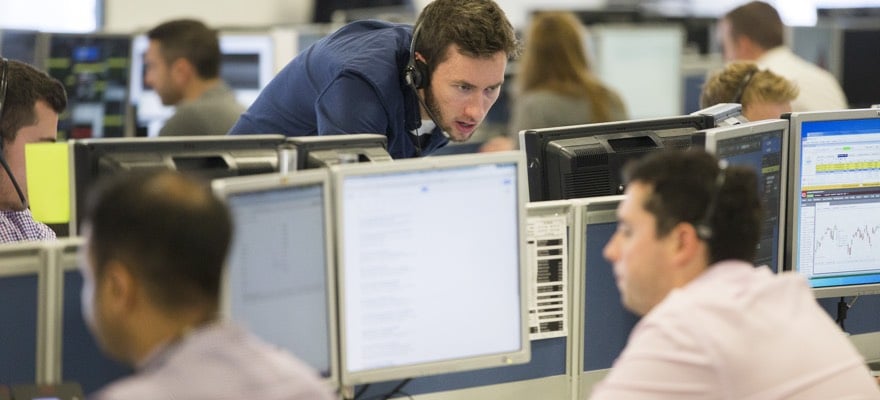Regulatory requirements and technological development are set to cause drastic changes in the investment research field over the next 5 to 10 years. That is according to a new report, released this Thursday by Thomson Reuters and Greenwich Associates (Greenwich), a provider of market intelligence to the financial services industry.
Many in the industry will already be familiar with the rules guiding investment research as set out by the European Union’s Markets in Financial Instruments Directive II (MiFID II). The legislation dictates that, when taking research from third-parties, buy-side firms must either pay for it out of their own pocket or use a specific research payment account that is under its control.
If the latter of those two options is chosen, the firm must make a separate research charge to their clients and set and assess a research budget. On top of this, they must regularly assess the quality of the research that they are receiving from third parties.
Investment banks out?
It is likely a consequence of this part of MiFID II that Greenwich’s report garnered the results it did. The report surveyed workers at a number of buy-side firms, equally spread across the globe, the bulk of whom were at institutional asset managers.
The results suggest a substantial decrease in the volume of research coming from investment banks. Fully 50 percent of respondents stated that they would decrease the amount of research they got from investment banks. The next closest decline was in expert networks, with only 11 percent of respondents saying they thought research from that source would decline.
Alongside these results, 70 percent of respondents also stated that they thought the unbundling of research costs would continue. Illustrating the knock-on effect of EU legislation, these respondents stated that the trend is not going to be confined to Europe but will be felt around the globe.
Scraping the web
Regulation is not the only thing having an impact on firms' research efforts. Technological changes are also causing buy-side firms to change tack. Greenwich’s report details two significant technological trends. The first of these is the move towards alternative data as a source of information on which to base investments.
Of the total number of respondents, 50 percent were already using alternative data and another 20 percent were planning to start using it in the next 12 months. Of those using alternative data, 36 percent were using web scraping to gather information and 29 percent used search trends.
Most interestingly, at least from this author’s perspective, 14 percent of firms were using drones and wearables, such as smartwatches, to make investments. The same number of firms were also using geolocation data as a source of investment research.
It should be noted, as a caveat, that respondents were not generally using these sources of alternative data to identify new investment opportunities. Instead they used them mainly to aid in existing investment models or, to a lesser degree, to help with trade timings.
Believe the hype
The other big change in the industry looks to be artificial intelligence (AI). Yes, it may be, along with ‘Blockchain ’ and ‘big data’, the most overused word in the buy-side industry today but it does appear to be having a real world impact.
Of those surveyed by Greenwich, only 17 percent were already using AI but 40 percent expected to see an increase in their budgets for AI investment. In conjunction with this, over 50 percent of respondents believed that their level of AI integration is going to increase, along with a drive to recruit experts in the field.
All of this goes to show that, although regulation is often attacked as the primary source of change in the financial services industry today, that isn’t necessarily always the case. In the investment research field, technology is driving change, albeit of a different kind, that matches the pace of any change caused by regulatory compliance.

















